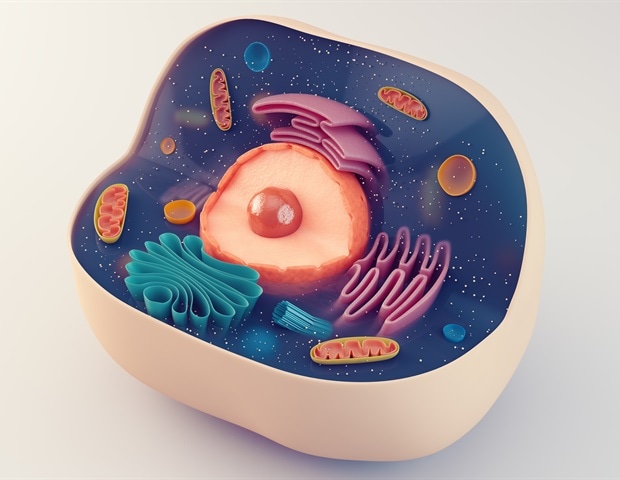Scientists have discovered a novel mechanism of ILC2 immune cell development which may be involved in exacerbating allergic diseases. Group 2 innate lymphoid cells (ILC2s) of the immune system are involved in allergic diseases. But currently, therapy targeting ILC2s is not available.
Now, however, in an interesting study, researchers have identified a novel mechanism of ILC2 development. The researchers used single-cell RNA sequencing to discover regulatory regions in the genome that are associated with ILC2 development. These findings can help develop treatment strategies for allergic diseases.

Overproduction of Group 2 innate lymphoid cells or ILC2s-;a type of white blood cells-;can sometimes exacerbate conditions such as bronchial asthma, chronic rhinosinusitis, atopic dermatitis, and organ fibrosis through an exaggerated immune response. Although there are immunomodulatory drugs that can suppress Type 2 helper T (Th2) cells, drugs capable of suppressing ILC2s are currently lacking. Now, however, in a breakthrough study that could lead to the development of a new therapeutic strategy targeting ILC2s, researchers led by Associate Professor Arifumi Iwata of the Chiba University Hospital, Japan, have identified molecular processes crucial for the maturation of ILC2s.
" Although it is clear that Th2 cells and ILC2 play a central role in allergic diseases, the mechanisms of Th2 differentiation and ILC2 development in vivo were largely unknown," says Dr. Iwata, while explaining .
















